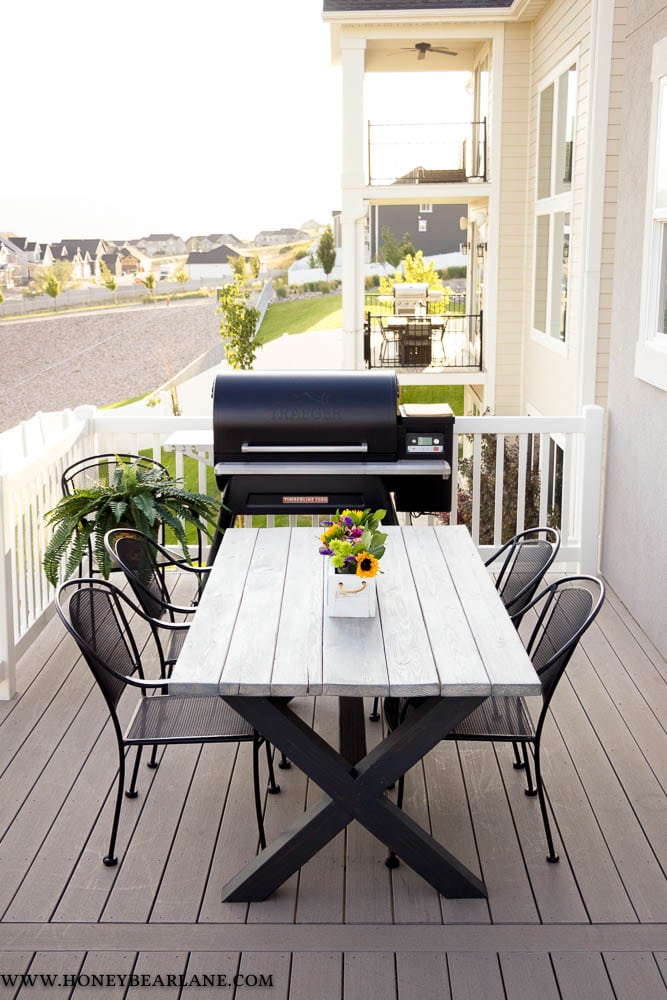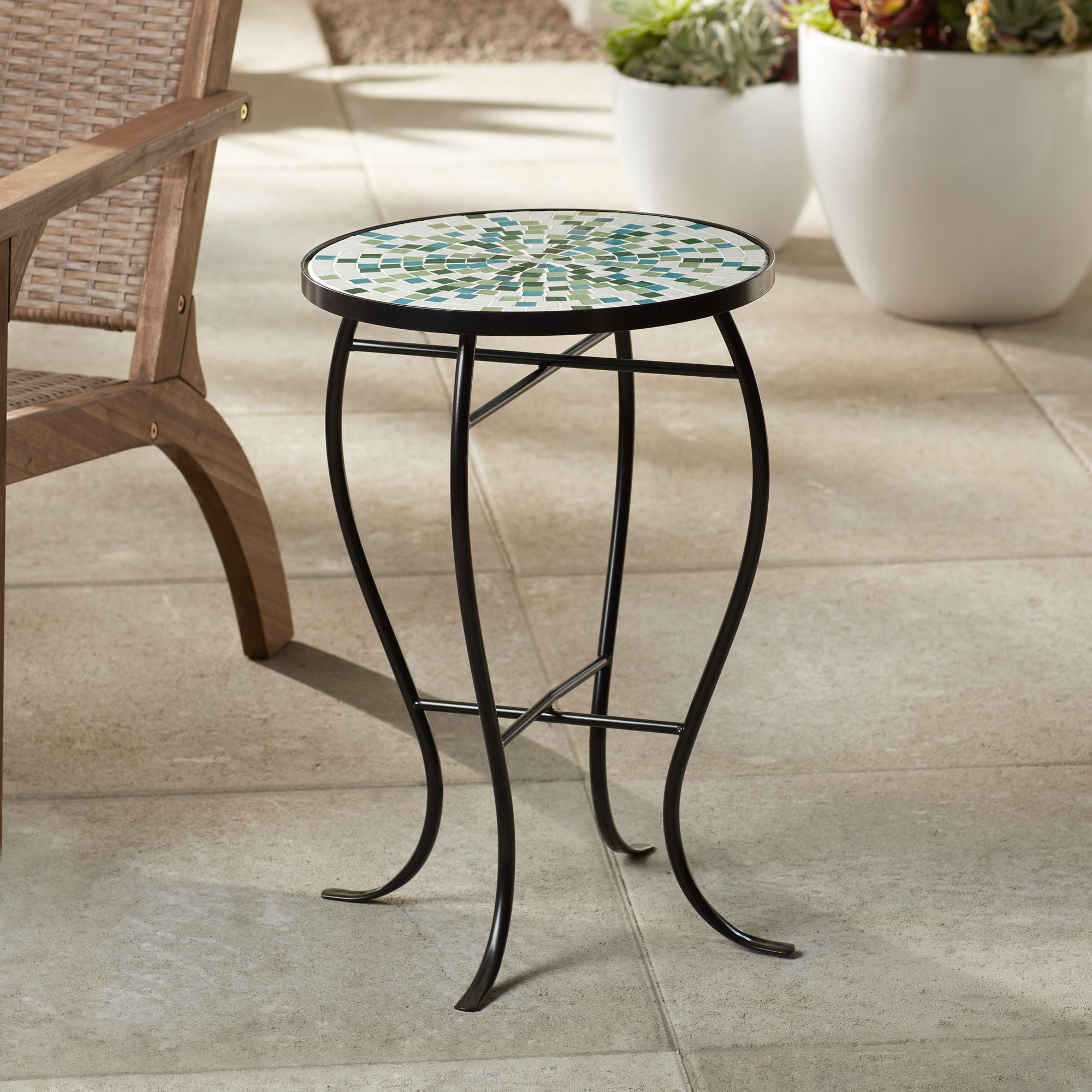
If you are wanting delivery to the North of England, Scotland or Wales, please let us know your postcode for a price and lead time on delivery. If fully welded construction is chosen, this frame will need to be delivered on our own van.If fully welded construction is chosen, then frame will arrive in one piece, meaning that no assembly is required, but the access to the garden will need to be taken into consideration.Available as fully welded construction or dismantable flat-pack option.The bottom of the legs are finished with plastic caps.If fully welded construction is chosen, the frame will not have the fixing tabs on the outside of the legs.To ensure maximum stability, the stone top will need to be bonded to the frame. Can be made without slotted tabs to suit stone table tops.Please let us know if your table top is the same size as the frame and we will remove fixing tabs from the outside faces of the legs.The top section of the frame will arrive with pre-drilled slotted plates for fixing into a wooden table top.Aluminium box section has 3.2mm thick walls, making our frames extra strong and durable.The support frame, made from 38.1×25.4 mm (1 1/2′ x 1′) aluminium box section, has been added to prevent any wobble and stop warping under load.Table legs are made from highest quality 76.2×38.1 mm (3′ x 1 1/2′) aluminium box section.With our in-house powder coating facility, all legs and frames can be finished in wide variety of colours to the highest standard. This table frame can be fitted with optional adjustable feet which will help with balancing the furniture on hard surfaces to ensure they are level. Combine the table frame with your own tabletop to create a beautiful and unique seating arrangements for your garden or patio area. The bit got the flat surfaces really well, and the chisel helped clean the corners (plus it was super satisfying).Beautifully hand-fabricated and finished aluminium trapezium shaped outdoor table legs provide the perfect combination of quality and practicality with an industrial edge.

To clean up our dados, we used a router with a ½” diameter dovetail bit and a chisel. We again used the method of marking where the dados needed to start and working our way down little by little. We actually did all the legs together to make sure the dados were consistent. Next we cut a dado on the inside of each leg. Luckily, our second dado under the tabletop was fine. An extra snug fit is ok, and you can use a wood mallet to pound the wood into place if it’s tight. We cut new legs for that side and it ended up being fine (you can’t visibly tell a difference in the leg thickness), but we did learn to stop a little early with our cuts. We tried to be careful, but we still cut our first dado a hair too big. We thought we’d widen our dado a little bit at a time and test fit the legs with each pass as we got close. We started our cuts there and worked our way inward. We measured where the outside of each dado needed to be and made marks at those points. There are dados in a few different places: two in the underside of the tabletop for the legs to go into, and one on the inside of each leg for the shelf to sit in. We angled our table saw blade to 10 degrees and raised the blade so it would cut about halfway through the thickness of our boards. This part was a little tricky since we’ve never cut dados before. We fixed this by running it through again and again with sacrificial boards in front of and behind it until we got rid of the snipe.


Unfortunately, we got some snipe on the ends, which is when your board isn’t in contact with both rollers at the same time and the planer cuts the ends a little deeper.

Then we ran our two panels through the planer one more time to level out any unevenness from our glue up. We also have a little silicone brush that is awesome for applying the glue. We used Titebond Original wood glue here and Bessey clamps. Next we glued up the panels for our top piece and our shelf piece. Technically, you could cut the top panel at 90 degrees but we thought 10 degrees would look nice, so that one is purely aesthetic. You can find the lengths and cut list in the plans here.Įverything got 10 degree miters: The legs are angled at 10 degrees, which means their ends need a 10 degree cut and the shelf buts up against the legs so it therefore needs a 10 degree cut too. After squaring them up, we cut the 2x4s to length for our top panel, shelf, and legs on our miter saw.


 0 kommentar(er)
0 kommentar(er)
